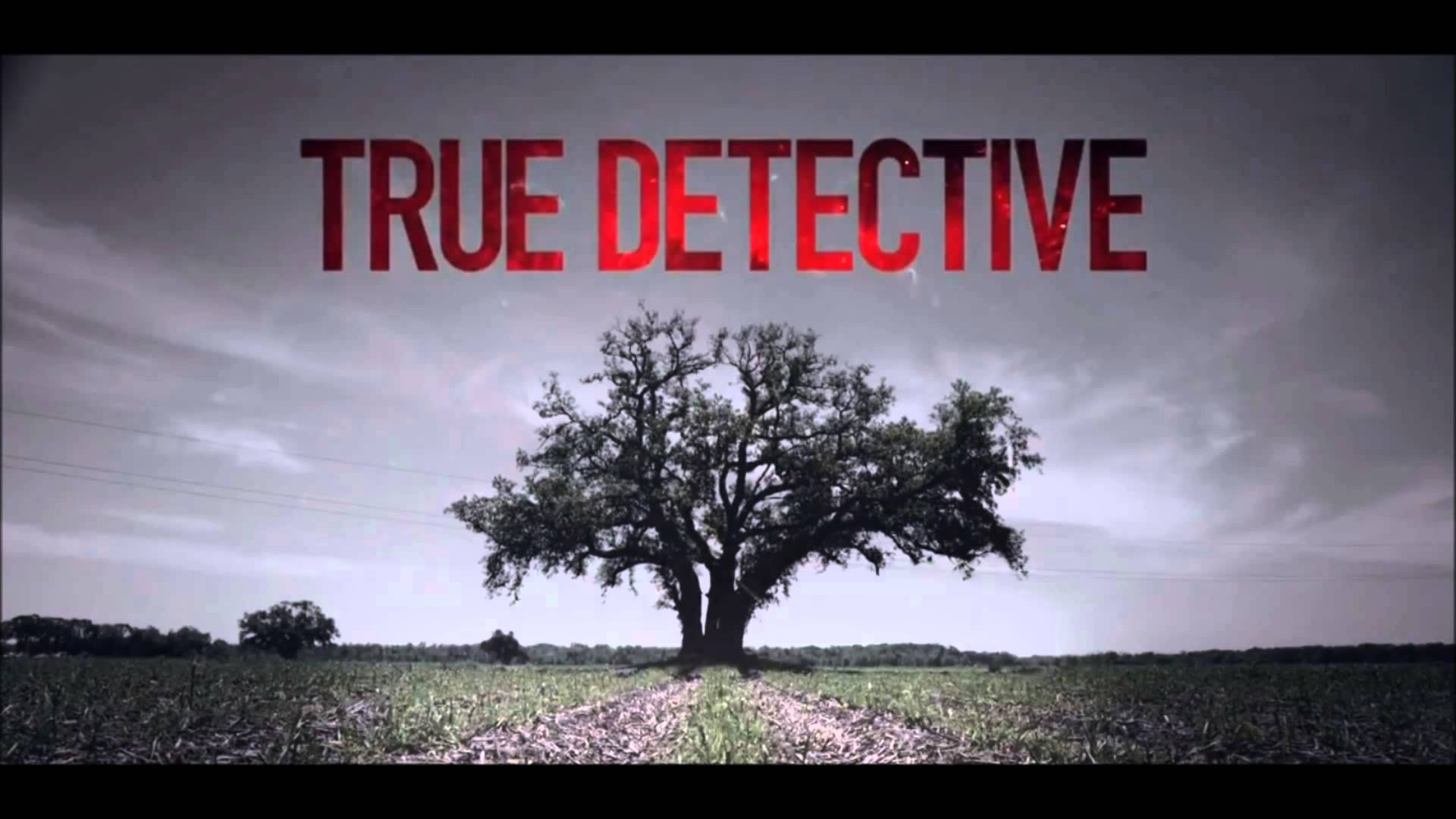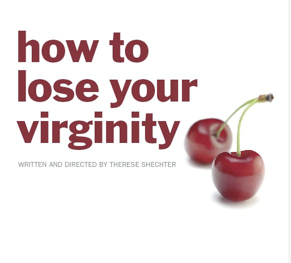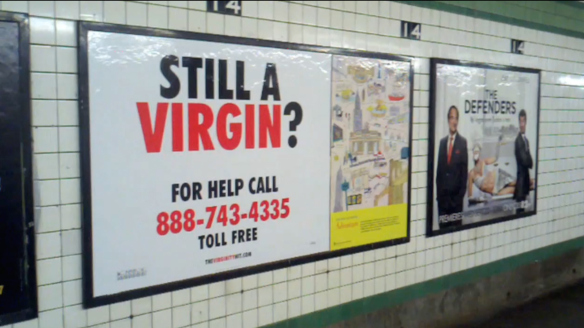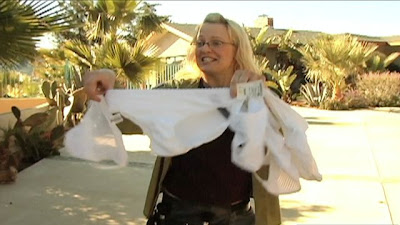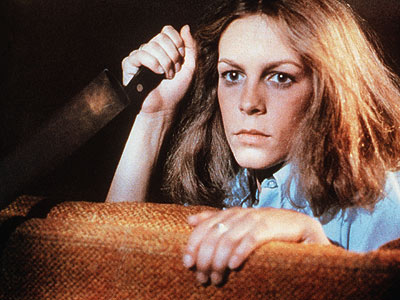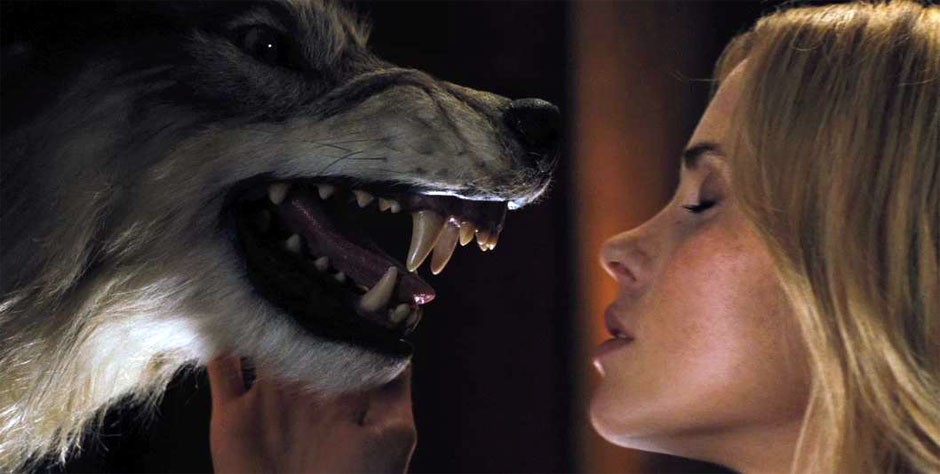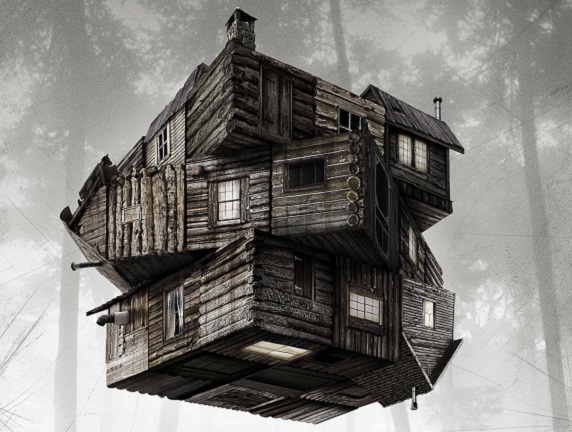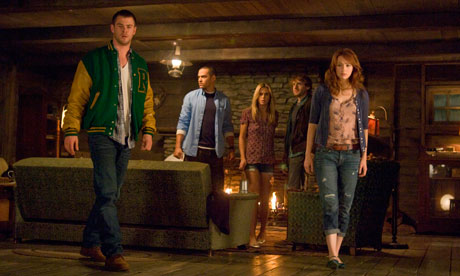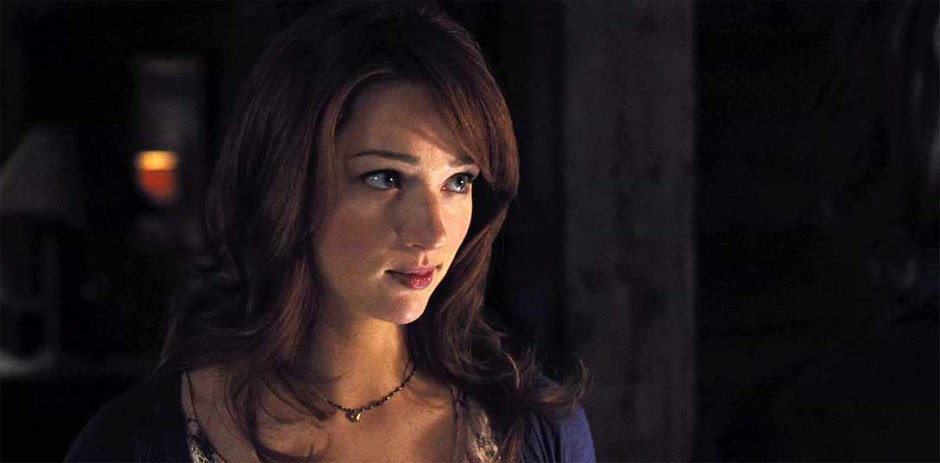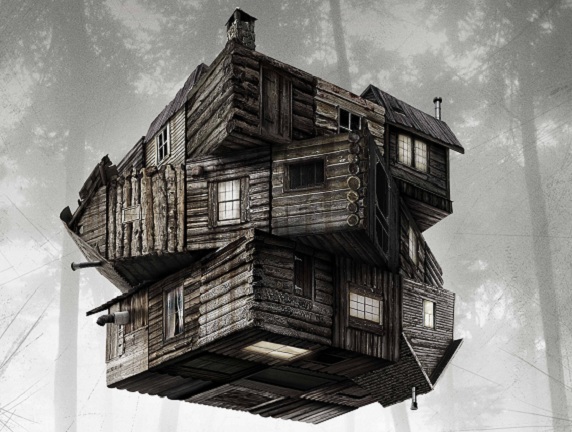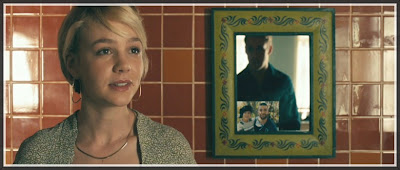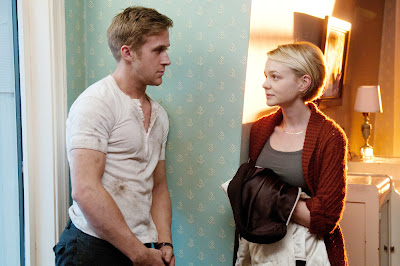As often happens when you live on an island in the South Pacific, I was late to the party with True Detective. Despite the fact that at its core it’s a show about two white dudes trying to save a bunch of ladies who are already dead, I found the show to be quite captivating because of the relationship that grows between the two anti-hero leads: Marty, played by Woody Harrelson and Rust, played masterfully by Mathew McConaughey. Unfortunately the depth afforded the two leads is not replicated for any female characters on the show. These are largely made up of sex workers who Rust and Marty come across in their investigations. There have been many analyses of the show’s portrayal of sex workers so I won’t delve into that. However I do want to talk about how the two female characters, who are perhaps most central to the show, personify a Madonna-Whore dichotomy. These are Maggie, played by Michelle Monaghan, who portrays Marty’s long-suffering wife and Lisa, played by Alexandra Daddario, who is his much younger mistress.
It is pretty easy to see how Maggie is the classic Madonna. She is portrayed as feminine and virtuous, taking care of Marty, raising his children, looking after their home, etc. At the beginning of the season she is essentially sexless. Her initial interactions with Rust are not really flirtatious but simply an extension of her maternal role. She expresses caring and concern over his mental health and shares in his sorrow over the death of his child. She nurtures him and he appreciates her for it. We don’t really know anything about Maggie outside of her relationship to Marty; everything about her seems to be subsumed into caring for him and their children.
For Lisa on the other hand, her sexuality is the largest part of her character, casting her as the Whore to Maggie’s Madonna. Shots of Lisa emphasize her youth, her beauty, the perkiness of her breasts, and the roundness of her ass. Unlike Maggie, she is very sensual and perhaps the opposite of nurturing. She is openly mocking toward Marty and refuses to cater to him emotionally. Marty seems to see Lisa as a necessary evil, she allows him to deal with all the pain and degradation he sees in his job. At one point Marty says in a voice-over sequence: “You gotta take your release where you find it, or where it finds you. I mean, in the end it’s for the good of the family”–implying that having Lisa in his life allows him to get out his “animal” urges, allowing him to be able to be a good husband and father to his family when he gets home.
Rust dismisses Lisa as “crazy pussy” despite the fact that all of her behaviour seems to be quite reasonable considering the circumstances. When they end up in the same bar on their respective dates it is not Lisa who loses control, it is Marty. He is unable to keep his eyes on her and ends up approaching her to harass her. It is Marty, not Lisa, who cannot accept that she has ended the relationship, and it is most certainly Marty, not Lisa, who gets intensely jealous and completely crosses the line by going to her house and beating and threatening her new boyfriend. By any reasonable measure it is Marty not Maggie who is acting “crazy,” but Marty is a man and is entitled to a degree of autonomy and the ability to act out from time to time without facing any consequences for it. Lisa has no such luxury as a woman who has sex with a married man. This is made abundantly clear when she tries to confront him at the courthouse where she works and where Marty is testifying.
Lisa repeatedly tells Marty that he cannot disrespect her like this, that his actions will have consequences. When she confronts him at court, he treats her like a hysterical female despite the fact she has very legitimate reasons for both being furious at him and confronting him openly. It seems logical for her next move to be to tell his wife, however Marty’s reaction is one of fury and confusion. He seems deeply confused that Lisa would firstly, act with her own agency and secondly, act in a way to hurt him. Despite everything he has done to Lisa, Marty seems think that Lisa might be a whore but she is HIS whore and the fact that she would act against him is incomprehensible.
Maggie, being the long-suffering and virtuous Madonna that she is, takes Marty back eventually and he behaves himself for a time. The upshot of all of this is that in the True Detective universe women are clearly categorized – women who are valuable and worthy and women who are not. As Lisa fulfills the role of whore in his life he feels like he can treat her however he pleases. Whereas with Maggie, who is a virtuous Madonna, Marty must work hard to earn back her love and trust. This explains why Marty reacts so violently when his daughter is found in a car with two boys. He has to punish the boys for marking his daughter as a Whore and not a Madonna. The dichotomy also plays out in the final end of Maggie and Marty’s marriage. In order to ensure that the relationship will end for good, Maggie has to cast herself in the role of Whore by having sex with Rust. To her this is the only way by which Marty will not try and earn his way back into her life and her guess is correct. Once Marty realizes she has slept with Rust she is ruined to him and the relationship is finally over.
The one positive to me in all of this is the portrayal of Lisa. While Marty does his hardest to push her down and treat her like she is worthless because she sleeps with him, she constantly asserts her agency. From the very first time we see her, turning the tables on Marty and handcuffing him to the bed, right to when she tells Maggie about their affair, she is constantly challenging Marty’s assumptions about her place. This at least serves to disrupt the notion that women who fit the role of Whore are passive and subject to the whims of men. Lisa is also not disposable; she is the one who decides when the relationship should end and firmly asserts the boundary even when Marty acts in ways that are both violent and childish.
Overall, however, the show fell into lazy tropes about women and the ways in which it explored them were not particularly interesting or revolutionary. Hopefully the next season does better.
Gaayathri Nair is currently living and writing in Auckland, New Zealand. You can find more of her work at her blog A Human Story and tweet her @A_Gaayathri
